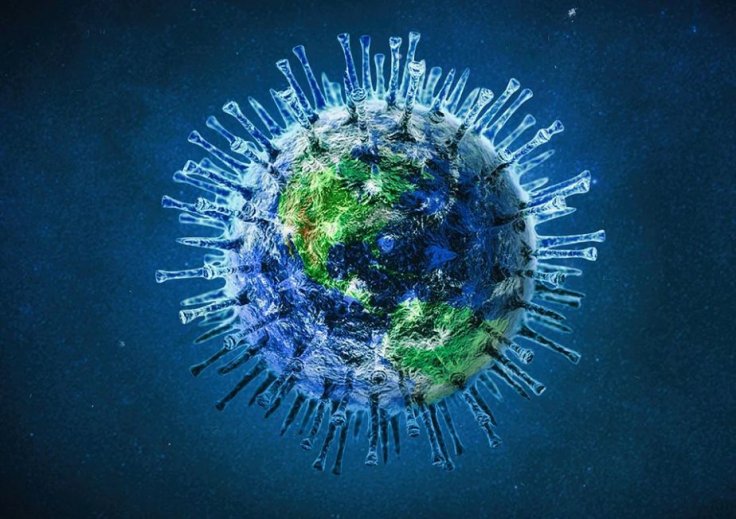As it has been just four months since the novel coronavirus was first detected in Wuhan, China, very little is known about it. Questions like where did it originate, how does it spread and how it can be treated are largely unanswered.
Although it's now well-established that SARS-CoV-2 spreads via respiratory droplets and through direct contact with an infected person or a contaminated surface, whether the virus can spread through aerosols is being studied by researchers in Wuhan.
Novel coronavirus present in aerosols in crowded places: Chinese study

In a study that involved two Wuhan hospitals, where large numbers of Covid-19 patients were treated, researchers found genetic material of the new coronavirus in air, in crowded spaces and rooms that lacked ventilation.
Through respiration, people produce two types of droplets: the larger ones drop to the ground, then evaporate, contaminating the surface while the smaller ones stay in the air and make up aerosols. Aerosols are suspension of fine solid particles or liquid droplets in air or other gases. Some common examples are fog, dust and mist.
For the purpose of the study, researchers led by Ke Lan of Wuhan University set up aerosol traps in and around two Wuhan hospitals.
Upon research, they found SARS-CoV-2 RNA in patient wards, supermarkets, residential buildings and two areas that had large crowds passing through, including an indoor space near one of the hospitals. High concentration of the virus was found in toilets and rooms where medical staff took off their protective equipment, Bloomberg reported.
What does the research tell us?
Although the presence of novel coronavirus was detected in aerosols, "we have not established the infectivity of the virus detected in these hospital areas", researchers noted. However, they proposed that "SARS-CoV-2 may have the potential to be transmitted via aerosols".
Also, the research highlights the importance of ventilation, limiting crowds and sanitation efforts, the researchers added. The research was published in journal Nature Research.
How is novel coronavirus transmitted?
According to the WHO, the new coronavirus is transmitted through respiratory droplets and direct contact with contaminated surfaces, although no proof airborne transmission is available. Droplet transmission occurs when a person is in close proximity [within 1 metre] with a person who has respiratory symptoms [e.g. coughing or sneezing].
It can also be transmitted through direct contact with an infected person, or contaminated surfaces. There is a difference between airborne transmission and that through respiratory droplets. In the former case, the virus particles persist in air for a longer duration of time and is transmitted through a distance of more than 1 metre. The above analysis is based on study involving 75,465 Covid-19 patients in China.









